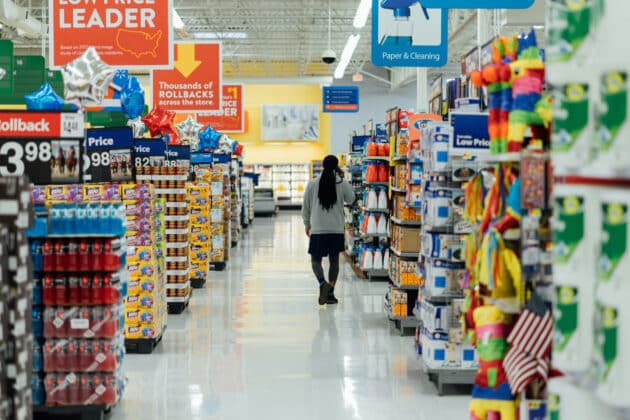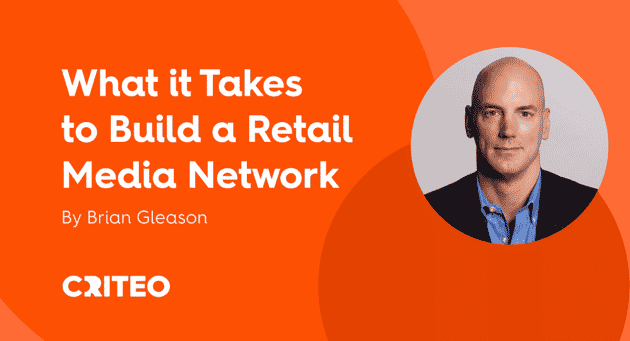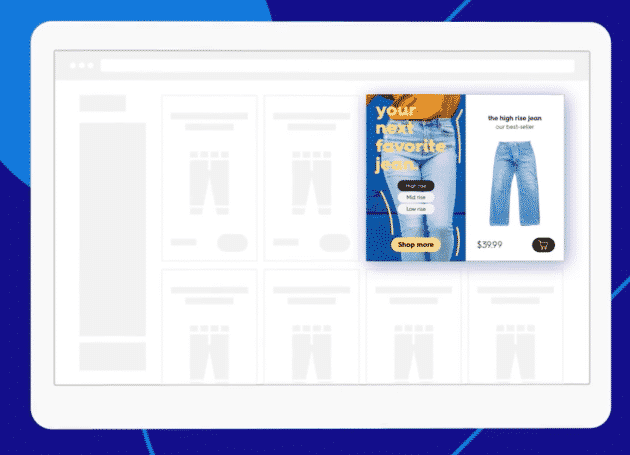Digital marketers have long been intent on shortening the purchase path of their customers. The conventional wisdom goes something like this: Encouraging an early sale makes it more likely to occur and easier to track. The effectiveness of channels is judged by hard conversion, not impressions or awareness.
However, an analysis of Criteo clients in the U.S. conducted between June 2017 and July 2017 finds this approach may be counterproductive. The data show that treating channel interactions as unrelated, transactional experiences may compromise not just sales, but also customer lifetime value. While cross-channel strategies can drive sales at different approaches, omnichannel retailers that focus on a holistic approach can see bigger gains.
For instance, our analysis found that:
- In-store buyers who also browse products on a retailer’s website tend to spend 14% more than those who do not conduct online research beforehand
- When compared with in-store shopping alone, the average lifetime revenue per user (RPU) is 3x as high for the cohort that has made a purchase both in a physical store and online.
- RPU increases are tied closely to the number of clicks on a display ad. The gains become more pronounced when a shopper also clicks on a search ad.
One reason for this is the convenience afforded by an abundance of technology formats. Smartphones, tablets, phablets, laptops, apps, websites, digital in-store kiosks. Gone are the days when technology format dictated behavior. Today’s shopper is comfortable researching and purchasing across a variety of devices and locations.
Our research, then, indicates that many shoppers who are involved in a long purchasing path are actually high value. Those who browse across channels, especially touching both search and display, end up becoming the most valuable retail customers. This is an interesting finding, because it shows that shopper interactions via certain channel combinations (i.e. display and search) are more indicative of high lifetime value than others.
Google Shopping + Multichannel Marketing
Retailers still working to understand channel attribution often find themselves in a difficult position. Is it possible to justify a strong multichannel marketing approach when last-click performance data don’t seem to support this approach?
Through Criteo’s analysis of shopper paths to conversion, we found strong correlations between some channels. In particular, in our retailer data set, customers tend to spend more online when they’ve clicked on both a display and Google Shopping ad – which has some interesting implications for Google Shopping strategies. And although spending does shift from store to online when a customer interacts with multiple ad types, the gain in online RPU dwarfs the decline in RPU of in-store purchases. So doubling down on potential in-store customers and serving them relevant digital ads can end up having huge benefits.

[Source: Criteo internal data]
In addition, we found that RPU increases are tied closely to the number of clicks on a display ad. This holds true no matter whether a Google Shopping ad click appeared along the path to purchase or not. The gains become more pronounced when a shopper also clicks on a search ad. The same trend, however, does not appear for paths with multiple Google Shopping ad clicks and the absence of a display click.

[Source: Criteo internal data]
Building Customer Relationships
Our research found that there is definitive value to display ad engagements that may not directly end in a purchase. Interacting with customers across multiple advertising channels is essential for brands to form strong customer relationships. By being present on the channels where your customers research, discover, and shop will keep them engaged across the journey.
The Internet serves as the largest mall and every shopper’s most intimate personal adviser. Shoppers have unparalleled access to our favorite brands and stores, which means retailers have to tailor personalized shopping experiences at a scale previously unimaginable. In an omnichannel world, the key is to listen to your audience, become a part of the conversation, and be wherever your customers are going to be next.



















